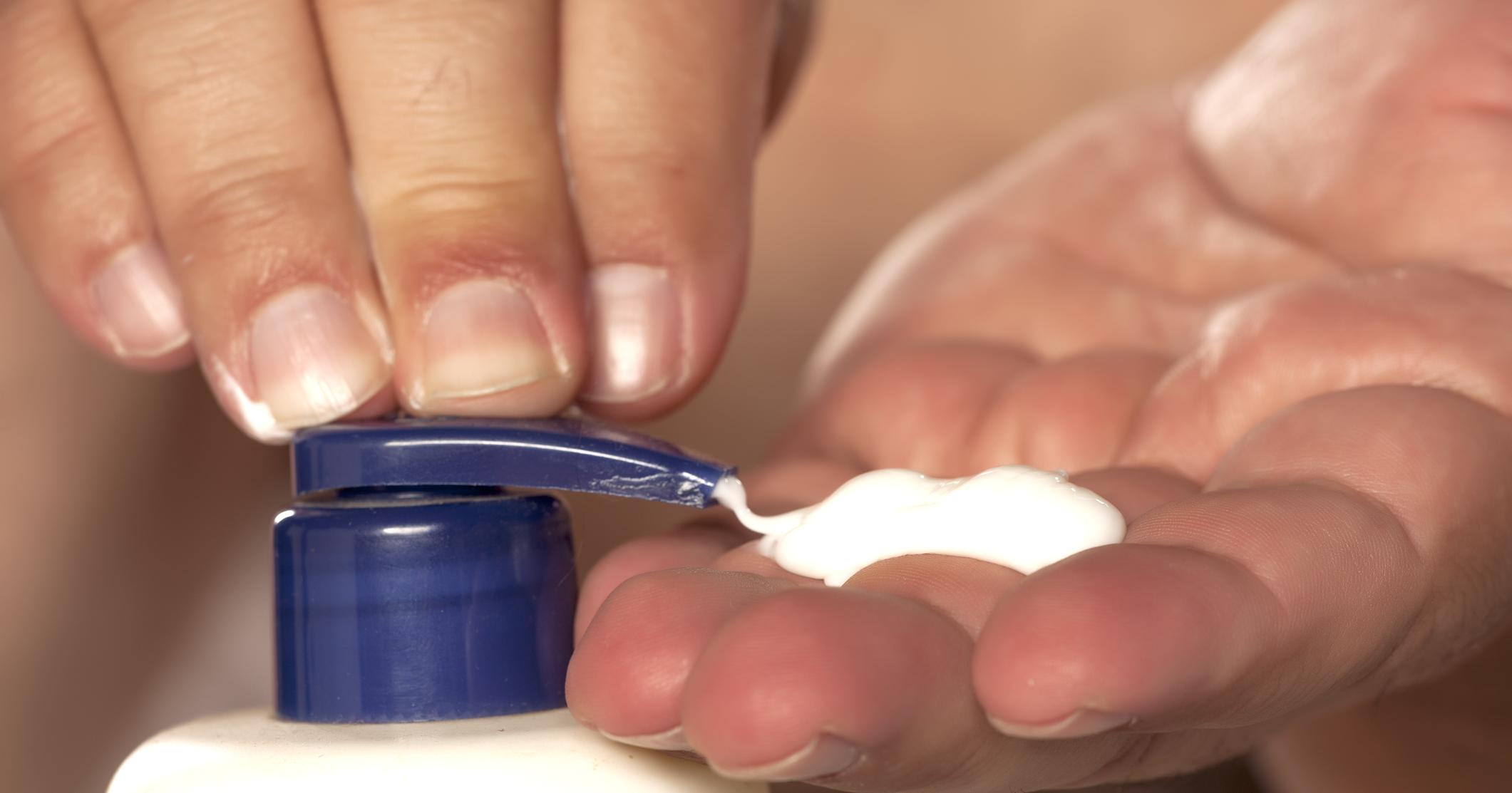Treating And Preventing Chilblains
Chilblains are red lumps that usually develop on the fingers and toes after exposure to cold. Chilblains are also known as pernio, perniosis, cold-induced vascular disorder, and chill burns. The lesions may appear purple or brown on darker complexions and are caused by inflammation of tiny blood vessels that can occur during rewarming of skin after cold exposure. Blood leaking into nearby tissue when the blood vessels expand too quickly causes swelling. This reaction can occur in any part of the body, but mainly affects the earlobes, nose, fingers, and toes. Symptoms include a burning sensation, itchiness, pain, or blistering. Risk factors include poor circulation or certain medical conditions like Raynaud's disease. Children and the elderly are most commonly affected. Most cases of chilblains resolve themselves within a few weeks, but patients should see a doctor if their condition lasts longer than three weeks or if they’re experiencing severe discomfort. Learn about how chilblains are treated and prevented now.
Use A Soothing Lotion

Patients with chilblains can use a soothing lotion to control itchiness and keep the affected areas moisturized. Chilblains can cause severe itchiness, and the excessive scratching can lead to infections, especially if blisters are present. Apply a thick layer of lotion to the area and reapply as often as necessary during the healing process. Patients can also use calamine lotion or witch hazel to help with the itching. Lanolin works well for moisturizing and relieving itchiness. Apply lanolin as a base on hands and feet before the application of calamine lotion or witch hazel. Avoid rubbing or massaging topical ointments into chilblains because it can increase swelling and irritation. Instead, use a cotton ball and dab gently. Smooth lotions or creams onto the skin with light strokes.
Keep reading for additional treatments for chilblains now.
Healing Medication

Various medications may be prescribed for symptom management. A corticosteroid cream may be needed to relieve itching if over-the-counter topical ointments cannot provide enough relief. A corticosteroid cream can help itchiness by reducing inflammation. It also helps heal the lesions quicker. A healing medication may be needed for individuals with diabetes or poor circulation because these conditions delay the healing process. Blood pressure medications can be used to reduce swelling and pain by expanding the blood vessels near the skin's surface and improving circulation. Some of these medications, like nifedipine and diltiazem, are known as vasodilators, are used in severe or recurrent cases, and are available in pill form or as a topical formula. They help the healing process and prevent recurrences. Side effects of vasodilators include nausea and dizziness. Other medications include a course of vitamin B, which improves circulation and treats many other symptoms of the condition. A mixture of friar's balsam and an iodine solution can also be used on tissue damaged by chilblains.
Continue to uncover an excellent chilblains prevention method.
